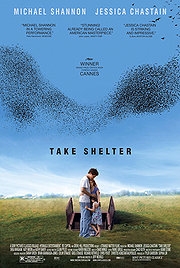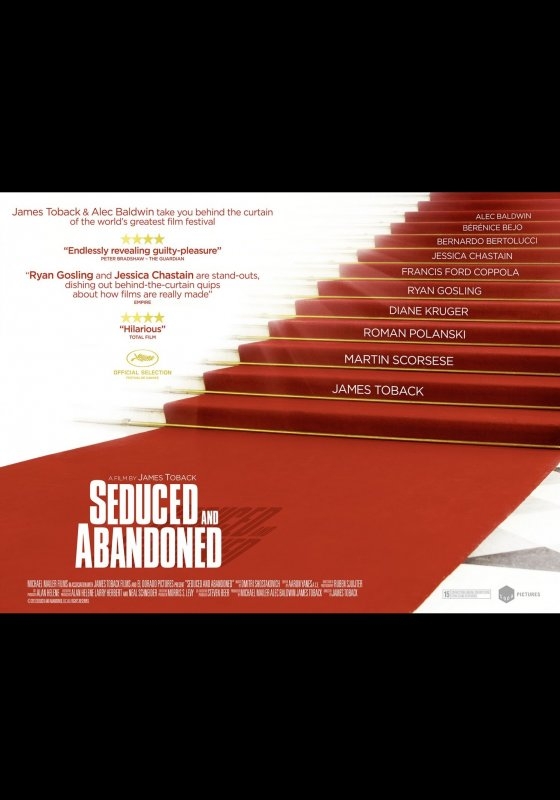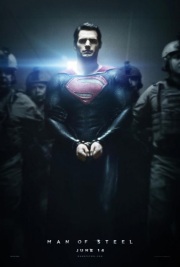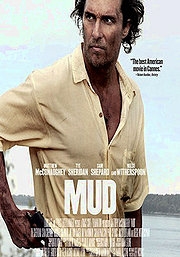Take Shelter

There’s a feeling in the air these days. I don’t know, maybe it’s just my own crippling paranoia and fear of the outside world, but what with the economic recession, riots and how awful this latest series of the X Factor has been, it’s beginning to feel more and more like the world is on the brink of some terrible apocalypse. In all seriousness though, there is something about Take Shelter‘s overhanging sense of dread that palpably taps into the gloomy feeling of our age. And that’s exactly what makes it such a terrifying spectacle.
Take Shelter centres on Curtis (Shannon), a working man with a loving wife, Samantha (Chastain), and a young, hearing-impaired daughter, Hannah (Tova Stewart). In a way, Curtis is living the American Dream – as he is told by his friend Dewart (Shea Whigham) who is envious of his seemingly perfect life. And yet, the film starts on an immediately jarring note: Curtis standing outside his house under an oily, brown rain, peering curiously up at the churning grey sky overhead.
We soon grasp that this is only the first in a series of visions that will plague Curtis throughout the film. As they grow worse – always featuring the same lingering stormclouds, heavy brown rain and strange figures who attempt to attack Curtis and his family – Curtis begins to fixate on the old storm shelter at the back of his house, a place of salvation where he and his loved ones can take shelter from the coming storm. And so he goes about buying cans of food and gas masks, while also renting books from the library about mental illness, talking to a therapist and visting his mentally unwell mother – diagnosed with paranoid schizophrenia when Curtis was just ten.

It’s this conflicted behaviour that makes Curtis such an interesting and believable character. He’s an intelligent, thoughtful man who is troubled by the notion that these visions could all be in his head – a symptom of some underlying, hereditary mental illness which is surfacing at the same period of his life as in his mother’s case. But there’s another side of Curtis that keeps reminding him what he could lose if the visions turn out to be true and he hasn’t taken action to protect his family. Indeed, Curtis is a man whose behaviour is always in the best interests of his family, and which – despite erring on the frightening, made more so by Shannon’s height and strange, craggy features – never becomes truly unhinged. Whilst straddling these different personality facets, however, neither Nichols’ script nor Shannon’s performance ever patronise or bore by being predictable.
Take Shelter is also a film which is fascinating in terms of its visuals: huge flocks of birds winding in beautiful but somehow terrifying shapes; forked lightning piercing the night sky; tree branches lifting gently, ominously, in the wind. Nichols’ direction carefully and consistently highlights the overhanging dread, and the creeping sense of unknowable terror is reminiscent of recent English horror Kill List.

Perhaps the middle section – repeating the cycle of Curtis having visions and reacting to them – sticks a little too long in the same tone, but Shannon’s and Chastain’s performances are so affecting that the film never feels dull or repetitive. Curtis’ battle to understand what is happening to him is touching and authentic and, just when you think you know what’s coming Nichols takes you in a wholly unexpected direction. The ending, in fact, is such a bold choice that I imagine some might find it too black and white, maybe even vulgar. But for me, the final shot of Take Shelter is an astonishing, brave conclusion to an intriguing film.






Recent Comments